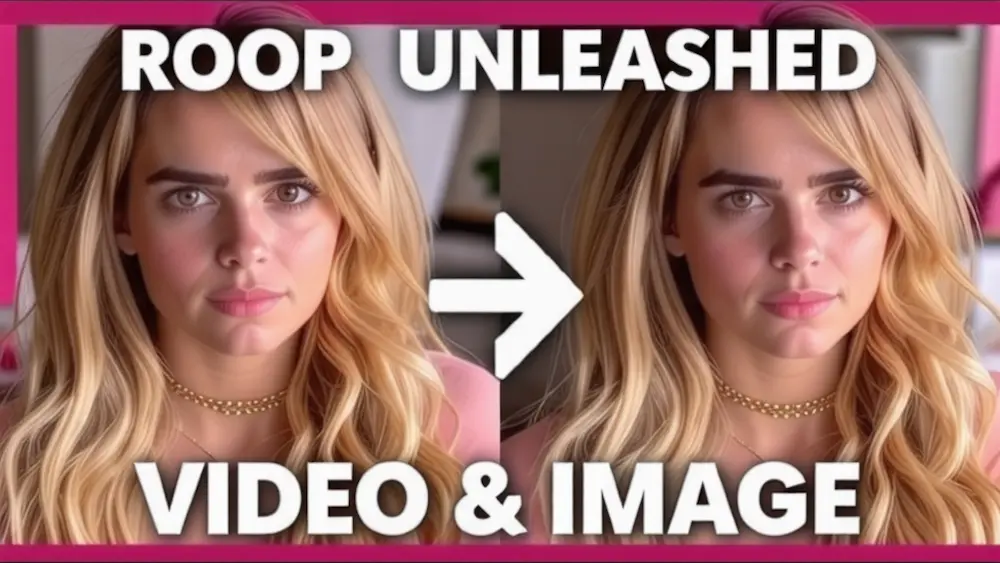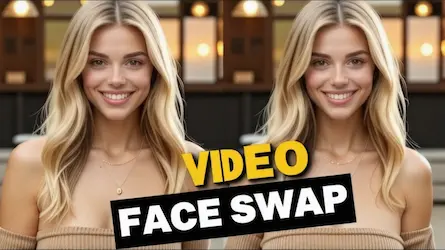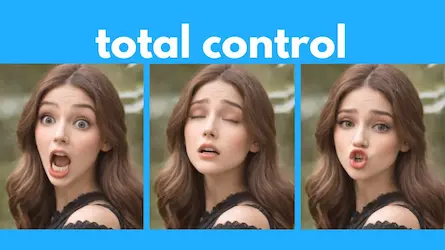AI Automation for Faceless YouTube Channel

Are you ready to uncover the secrets to building a monetizable faceless YouTube channel with AI automation? This YouTube channel is generating over $9,000 per month by uploading simple YouTube shorts. A few months ago, a game-changing method for creating YouTube shorts emerged. It spread rapidly, and many YouTubers started making content about it. However, they all showcased the same method, using the exact same reference channel as an example, focusing on psychology facts.
The previous content idea brought great success to early creators in that niche, but the market became oversaturated as more creators began producing similar fact-based shorts. This made it difficult for recent creators to stand out and see the same results. But nobody had thought of using this powerful AI method in different creative ways. One of the earliest methods on this topic proved to be the most successful so far. Therefore, an updated version that builds on what worked before, but takes it to the next level, has been developed.
Step-by-Step Guide to Creating Your AI-Driven YouTube Channel
Step 1: Creating Riddles with ChatGPT
To create riddles, open up ChatGPT. Good prompting is key to getting the best results. Here’s an example prompt:
“As a renowned riddles expert, your task is to create five quick and interesting riddles for your audience to solve. The riddles should be easy enough to engage and entertain the participants. Each riddle should have three options, with only one correct answer. Please follow the table format provided below to present your riddles.”
ChatGPT might have its quirks, so if preferred, Google’s Bard AI is an alternative. For now, ask ChatGPT for 300 riddles, and import the results into a Google sheet to organize.
Step 2: Designing Videos in Canva
Open up Canva and click on “Create Video”. Work on the background by clicking on the elements tab and searching for the type of background video desired. Copy the text from the first column, paste it onto the template, and adjust the text size as needed. To enhance text visibility, add a text background, adjust its size, and pick a color. If the background is too bright, add a black overlay and adjust its opacity.
To include illustrations, use Canva’s features to cut out backgrounds for a cleaner look. Add motion to make the video engaging. Use the “Show Timing” feature to control when elements pop up or fade out. Repeat the process for each part of the riddle, including adding a timer for excitement. For music, choose free options from the YouTube Music Library to avoid copyright issues.
Step 3: Automating the Process
Click on Apps in Canva, search for Bulk Create, and enter data manually. Clear the table, copy 30 rows from the Google Sheets document, paste them into Canva, and connect each data point to its respective text element on the screen. Once connected, generate 30 shorts. Change the background and colors for subsequent batches to ensure variety.
Step 4: Creating and Uploading to Your YouTube Channel
Create your faceless YouTube channel and upload the shorts using AI. Focus on three crucial aspects: the title, description, and tags. Use ChatGPT to generate these elements specific to your topic. Copy and paste them into YouTube and hit the publish button. Consistency is key, so conduct your own research and experiment with more creative ideas using this AI automation technique. Additionally, consider incorporating AI face swap technology to add another layer of uniqueness to your content.
Conclusion
Building a successful faceless YouTube channel using AI automation is not only possible but highly achievable with the right strategies and tools. By following the steps outlined above, you can create engaging and unique content that stands out in a crowded market. Remember, consistency and creativity are your best allies in this journey.
For an extra edge, don’t forget to incorporate AI face swap technology into your videos. It can add a whole new level of entertainment and virality to your content. Visit AiFaceSwap to discover how you can make your videos even more engaging with realistic face swaps at the click of a button.



